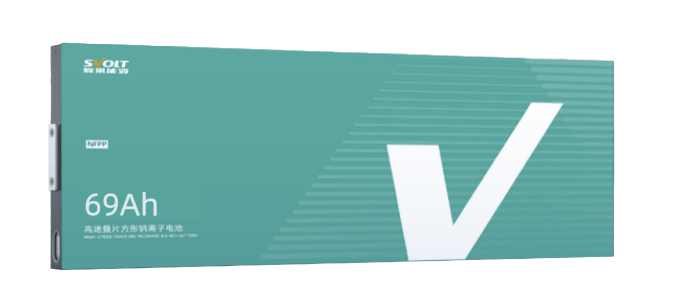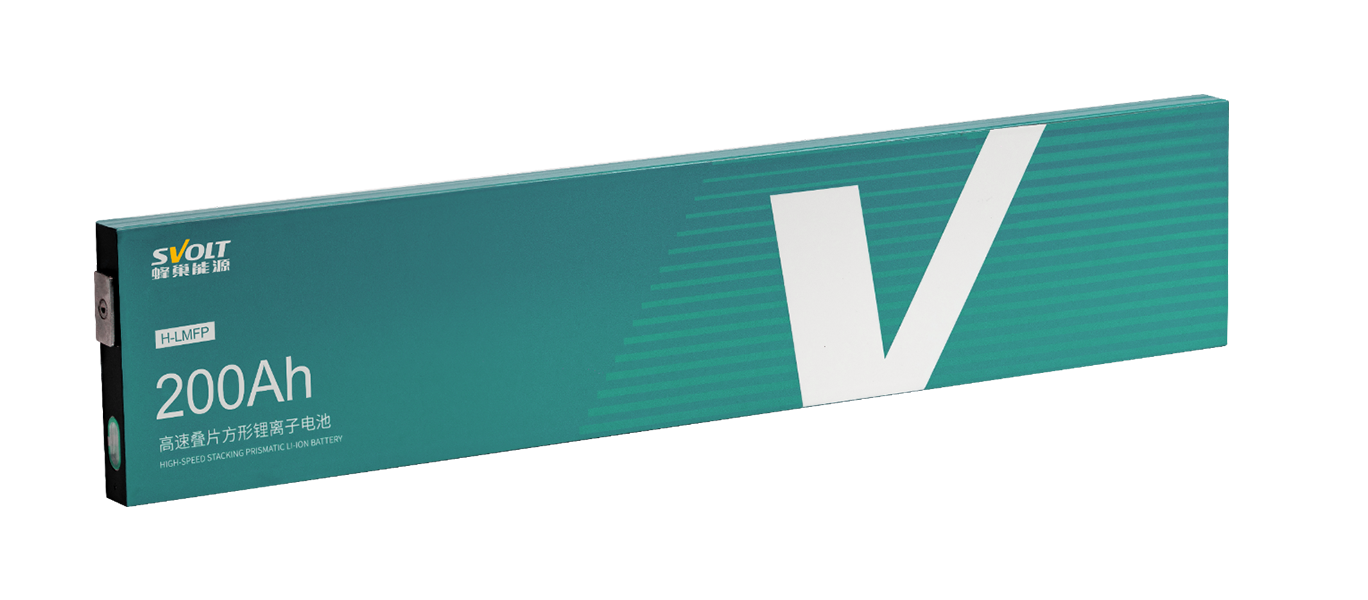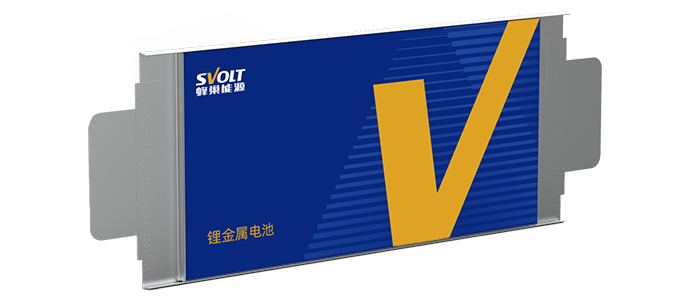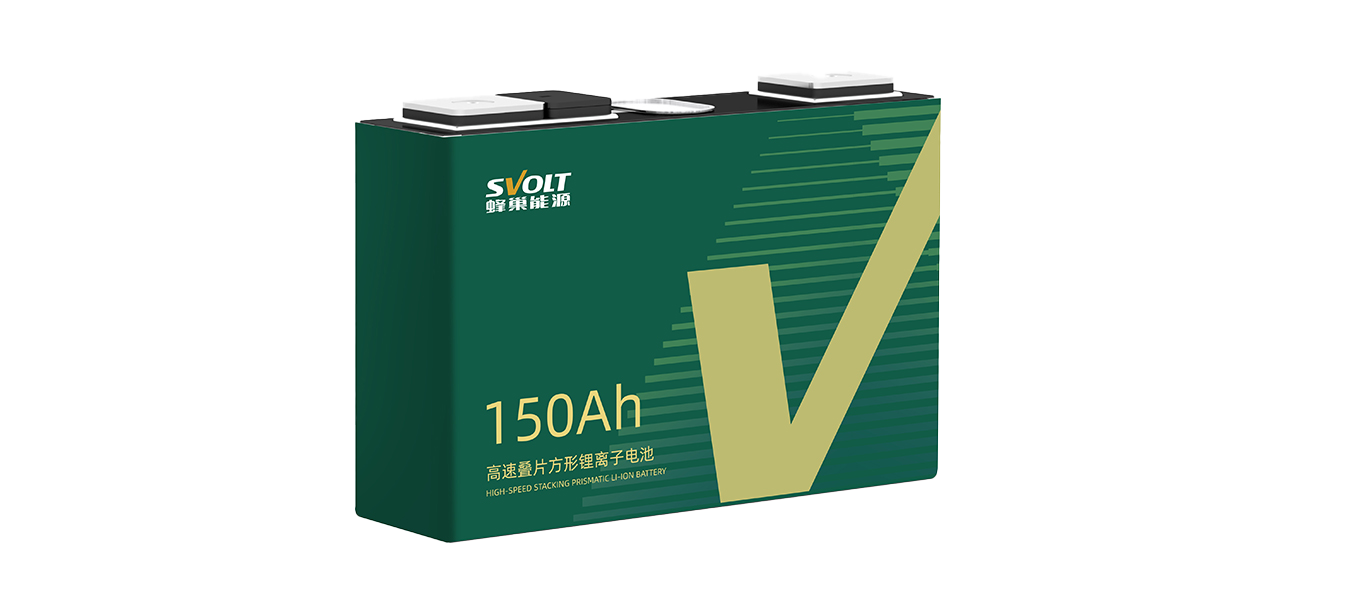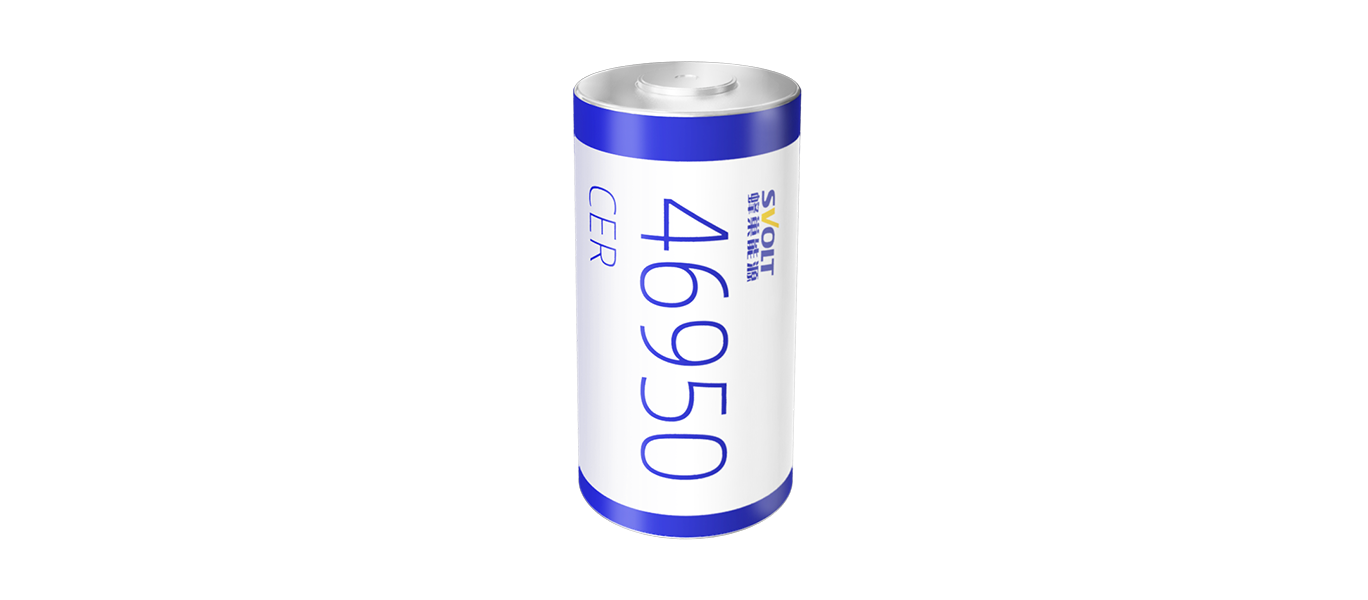Sodium-ion batteries - Power
Rich sodium resources are helpful to solve the major risk of lithium mines and can partially replace the lithium battery market in the future due to its long-term cost advantages.
High manganese iron nickel battery
By mixing a certain proportion of NCM material with LFMP, the balance of safety, performance, cost and manufacturing can be achieved.
Lithium metal batteries
Through the development of high-performance electrolyte technology, innovative lithium anode protection &semi-solid technology, achieving the lithium metal battery in high specific energy, long cycle and high safety.
Semi-solid state battery
For the safety issue of traditional lithium ion, gel semi-solid battery with higher specific energy and safety is developed based on the first-generation technology to improve the intrinsic safety of single cell penetration, hot box, crush, over charging, etc., and create semi-solid state battery products with high intrinsic safety attributes and market competitiveness.
Full solid state battery
Matching cathode and anode materials with high specific capacity to achieve high energy density and high safety.
Large cylindrical battery
Creating a cylindrical battery with high energy density, high safety, and long cycle.




-
Weight energy density>135wh/kg
Volume energy density>280wh/L -
Normal temperature cycle
>2,000 cycles
-
Leading in mileage
350KM driving range
-
Excellent rate discharge
3C capacity retention ratio of 95%
-
Low-temperature performance
Capacity retention ratio of 90% at -20 ℃
Capacity retention ratio of 85% at -40 ℃
-
Weight energy density > 220 Wh/kg
Volume energy density > 503 Wh/L -
-9.5%
Whole package cost
Compared to the ternary system with the same volume energy density -
+100km
Driving Range
Compared to LFP whole package -
170%
Overcharging
120% of national standard -
200℃
Hot box
Opening valve temperature of 155 ℃ -
+2
Low-temperature performance
Compared to LFP at -20 ℃ -
2.2C
Fast chargeing
-
Weight energy density
L-LMB≥400 Wh/kg
H-LMB≥450 Wh/kg -
Volume energy density
L-LMB≥1200 Wh/L
H-LMB≥1300 Wh/L -
Cycle life at room temperature
L-LMB ≥ 600 cycles @ 80%
H-LMB ≥ 400 cycles @ 80% -
High-performance electrolyte
Electrolyte genes are improved to enhance lithium stability.
-
Lithium anode protection technology
An original polymer protective layer is built to homogenize lithium deposition.
-
Semi-solid state technology
Solid state electrolyte safety coating and in-situ polymeric electrolyte technology are adopted used to build up the super safety line.
-
Weight energy density
270Wh/kg
-
High volume energy density
655Wh/L
-
Leading in mileage
The completedriving range> 900KM, with less cell usage under the same range conditions, reducing the whole package volume.
-
High safety
There is no problem in the intrinsic safety of individual cell after penetration, hot box, crush, and process tests.
-
Long life cycles
>1,400 cycles
-
Weight energy density
350 Wh/kg
-
Volume energy density
720 Wh/L
-
Conductivity at room temperature
10mS/cm
-
Thickness of electrolyte membrane
Minimize 15 μm
-
Conductivity of electrolyte membrane
2mS/cm
-
Weight energy density
≥300Wh/kg
-
Volume energy density
≥830Wh/L
-
Ultra-low internal resistance
Full tab design, DCR ≤ 1.7m Ω
-
High safety
Thermoelectric separation, high-flux explosion-proof design, no heat spread throughout the package.
-
Long life cycles
Satisfy the demand for 15 years working life
-
Fast charging
10-80% SOC, fast charging time ≤14min.





